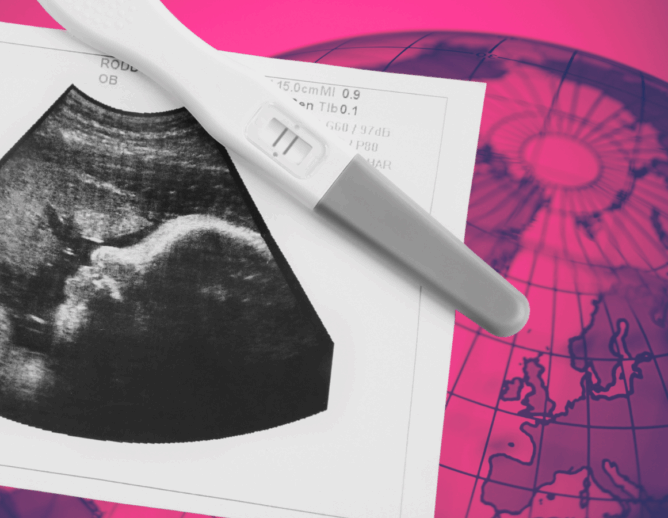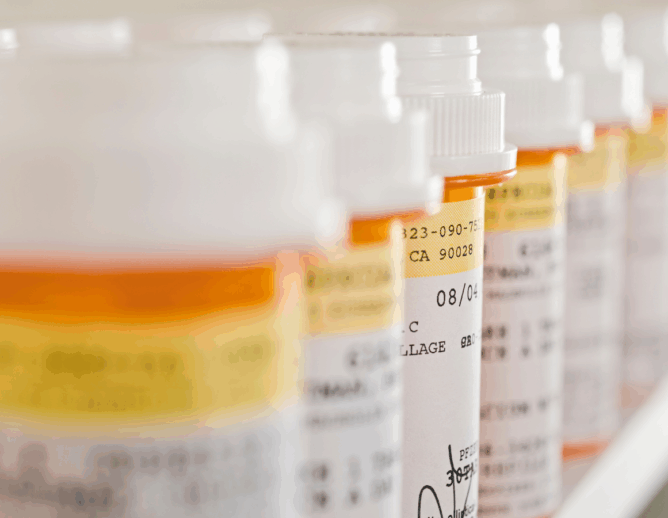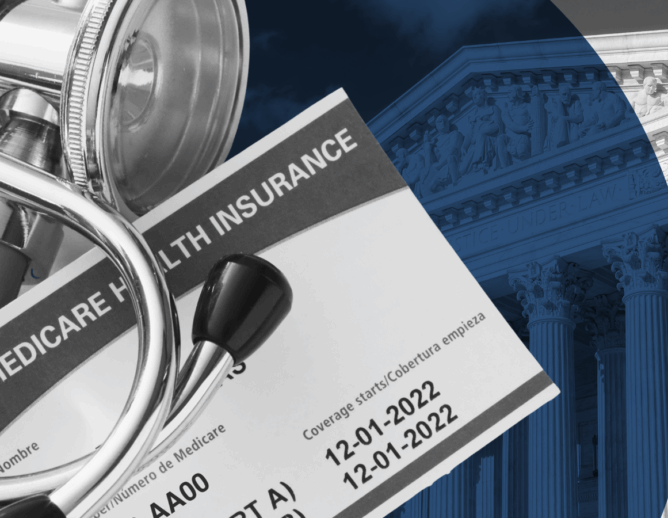Globalization has led to remote acculturation of the Western diet in Jamaica. Consequently, Jamaica is moving away from the largely unprocessed and minimally processed traditional Jamaican diet to the ultra-processed Standard American Diet (SAD), which is rich in refined carbohydrates, added sugars, trans fats, and saturated fats — all hallmarks of an unhealthy diet.
While obesity is complex, an unhealthy diet is the number one risk factor for certain noncommunicable diseases (NCDs), such as hypertension, diabetes, and heart disease. 54% of Jamaicans are either overweight or obese, while one in three have hypertension and one in eight have type 2 diabetes. Four out of five annual deaths are attributable to NCDs, and a 30-year-old has a 17% chance of dying prematurely from NCDs. The prevalence of NCDs threatens the nation’s health and economic and sustainable development goals. Additionally, the impact of unhealthy diets on Jamaican children is particularly concerning as it can lead to the early onset of NCDs, weaken their immune systems, and contribute to behavioral issues — all of which can stunt their development.
To combat this, Jamaica must leverage public health taxes — particularly on unhealthy foods and beverages, such as sugar-sweetened beverages (SSBs) — as one of the many interventions needed to address the growing NCD burden.
Understanding Public Health Taxes: Case Studies
Public health taxes are a type of excise tax imposed on products that negatively impact population health, such as tobacco, alcohol, and SSBs. The World Health Organization has recommended their implementation reduce the attractiveness of unhealthy foods and change obesogenic food environments. By increasing prices, these taxes aim to decrease the demand for unhealthy products. Additionally, the revenue generated can be directed toward health care initiatives and public health campaigns, further supporting the nation’s health and development goals.
Public health taxes on unhealthy food and beverages have been successfully implemented around the world. In 2014, Mexico introduced a tax on SSBs at a rate of 1 peso per liter (approximately 7.63 U.S. cents), which is equivalent to 10% of the pre-tax average price of SSBs. Purchases of SSBs decreased by 5.5% in the first year and by 9.7% in the second year, yielding an average reduction of 7.6% over the two-year study period. The implementation of these taxes has contributed to this decrease, leading other countries to adopt similar policies.
In 2018, the United Kingdom implemented a graduated tax system, the Soft Drinks Industry Levy (SDIL), as part of its anti-obesity plan. Unlike a flat tax on sugary drinks, a graduated tax system applies a higher tax rate to drinks with more sugar content. There are two SDIL tax rates: a standard rate of 18 pence per liter on drinks that have a total sugar content of more than 5 grams and less than 8 grams per 100 milliliters, and a higher rate of 24 pence per liter on drinks that have a total sugar content of 8 grams or more per 100 milliliters. Consequently, the percentage of drinks containing over 5 grams of sugar per 100 milliliters decreased from the expected 49% to 15% between September 2015 and February 2019.
In the Caribbean, Barbados, Bermuda, Dominica, and Grenada have taxes imposed on SSBs, while Antigua and Barbuda and Saint Kitts and Nevis have announced commitments to impose these taxes. For example, Barbados introduced a 10% public health tax on SSBs in 2015, which contributed to a 4.3% decrease in the weekly sales of SSBs and a 7.5% increase in bottled water sales within its first year of implementation. In 2022, the tax was doubled to better tackle the growing rates of NCDs in the nation and to align with the WHO’s recommendation that public health taxes on SSBs should be at least 20%.
What a Graduated Taxation System in Jamaica Could Look Like
While Barbados’ flat-tax rate on SSBs has shown initial success, Jamaica could benefit more from adopting a graduated taxation system similar to the UK’s SDIL. This system involves setting higher taxes on SSBs above a defined sugar threshold, which would be determined by the Ministry of Health based on scientific evidence. Any SSBs below this threshold would still face a minimum tax rate of 20%. Unlike a flat-tax rate, graduated taxation would allow Jamaica to target higher taxes on SSBs with higher sugar content, effectively discouraging consumption of the most unhealthy beverages while incentivizing manufacturers to reformulate their products to reduce sugar content — a move aligned with the WHO’s recommendations.
By imposing lower taxes or exemptions on SSBs below a certain sugar threshold, Jamaica can effectively promote the production and consumption of healthier alternatives, fostering a market shift towards beverages with lower sugar content that benefits public health in the long term. However, manufacturers must be cautious when reformulating beverages by reducing sugar and replacing it with non-sugar sweeteners (NSS), as these substitutes do not confer any long-term benefits in reducing body fat in adults or children. Moreover, long-term use of NSS may have potentially undesirable consequences, such as an increased risk of type 2 diabetes, cardiovascular diseases, and mortality in adults.
Implementing this system also requires establishing an independent commission established by the Jamaican government to assess the tax’s impact on consumption patterns, public health indicators, and revenue generation. The commission should be composed of public health experts, economists, data analysts, and civil society representatives. Using a data-driven approach would allow for continuous evaluation and adjustment of the tax policy as needed to optimize its impact on reducing obesity and related NCDs. The commission could also monitor the SDIL’s impact through information collected from tax returns, government health departments, public research institutions, and health policy journals, among others.
Furthermore, Jamaica could direct a portion of the revenue generated from the tax towards strengthening the country’s health care infrastructure — similar to Bermuda’s approach with their “phased sugar tax,” which successfully raised over $5.4 million in revenue between October 1, 2018, and December 1, 2019. While Bermuda’s revenue was not specifically earmarked for health, it contributed to the general tax pool, allowing for flexibility in funding various health initiatives. This flexibility is the recommended approach for allocating revenue from such taxes.
Addressing Possible Concerns with Public Health Taxes
In other countries, taxes on unhealthy foods have faced resistance from the public, who view them as unnecessary government interference with their personal choices and bodies. The Jamaican public does not seem averse to taxes on unhealthy foods, especially on SSBs; 71% of Jamaicans support taxes on SSBs in general, while 81% support a tax on SSBs if the proceeds are directed towards obesity prevention programs, especially for children. Public education campaigns on the purpose and benefits of taxes on unhealthy foods can also generate even greater support and compliance.
There are also valid economic concerns regarding the impact of the tax burden on lower-income households. Lower-income households are the largest consumers of unhealthy foods as these foods are traditionally cheaper and more readily available than healthier alternatives. Therefore, these households also experience the worst health and economic impacts of NCDs. This disparity raises significant questions about equity, highlighting the need for inclusive and fair public health policies. It is crucial that the government designs public health taxes in a manner that does not disproportionately burden these lower-income households. The government should also consider additional measures to address these gaps, such as subsidies on healthier alternatives, agricultural subsidies, and exemptions for essential items.
Furthermore, implementing public health taxes may incentivize smuggling or the growth of informal markets where people can access the taxed unhealthy foods at a lower or untaxed rate. For instance, Denmark placed a surcharge on foods with more than 2.3% saturated fat, which amounted to 16 kroner or$2.7 per kilogram of saturated fat in a product. Denmark’s unique position within the European Union — with its open borders — facilitated residents crossing borders to neighboring countries for cheaper products. The “fat tax” was repealed just one year later.
Inter-Caribbean smuggling of this kind is unlikely to become a reality due to limited direct flights to other Caribbean countries. However, the Caribbean has a strong “barrel culture,” where families receive food shipments from relatives in North America and Europe. This cultural aspect is particularly prevalent in Jamaica, where these barrels often contain large quantities of processed and unhealthy products — presenting a unique challenge. While reducing smuggling and informal markets may be challenging, they can be addressed through improving enforcement mechanisms; enhancing collaboration between government agencies, such as the Jamaica Customs; introducing stringent penalties; incentivizing businesses to act within the legal framework; and promoting healthier food choices and alternatives to products subject to taxes on unhealthy foods.
Conclusion
With its rising rates of obesity and NCDs and health care funding challenges, Jamaica should consider implementing taxes on unhealthy foods. Doing so could improve public health outcomes and strengthen Jamaica’s health care system. The government will also need to strike the right balance between promoting healthier choices and supporting lower-income households and the economy.
However, taxes on unhealthy foods are not a panacea. Instead, they are only one useful policy tool under the Jamaican government’s belt. Only with a comprehensive strategy — whether that includes measures like front-of-packaging labels or restrictions on the advertising of unhealthy food to children — can Jamaica effectively tackle this epidemic.
DISCLAIMER: The views and opinions expressed in this piece are those of the author and do not reflect the views of the O’Neill Institute.



